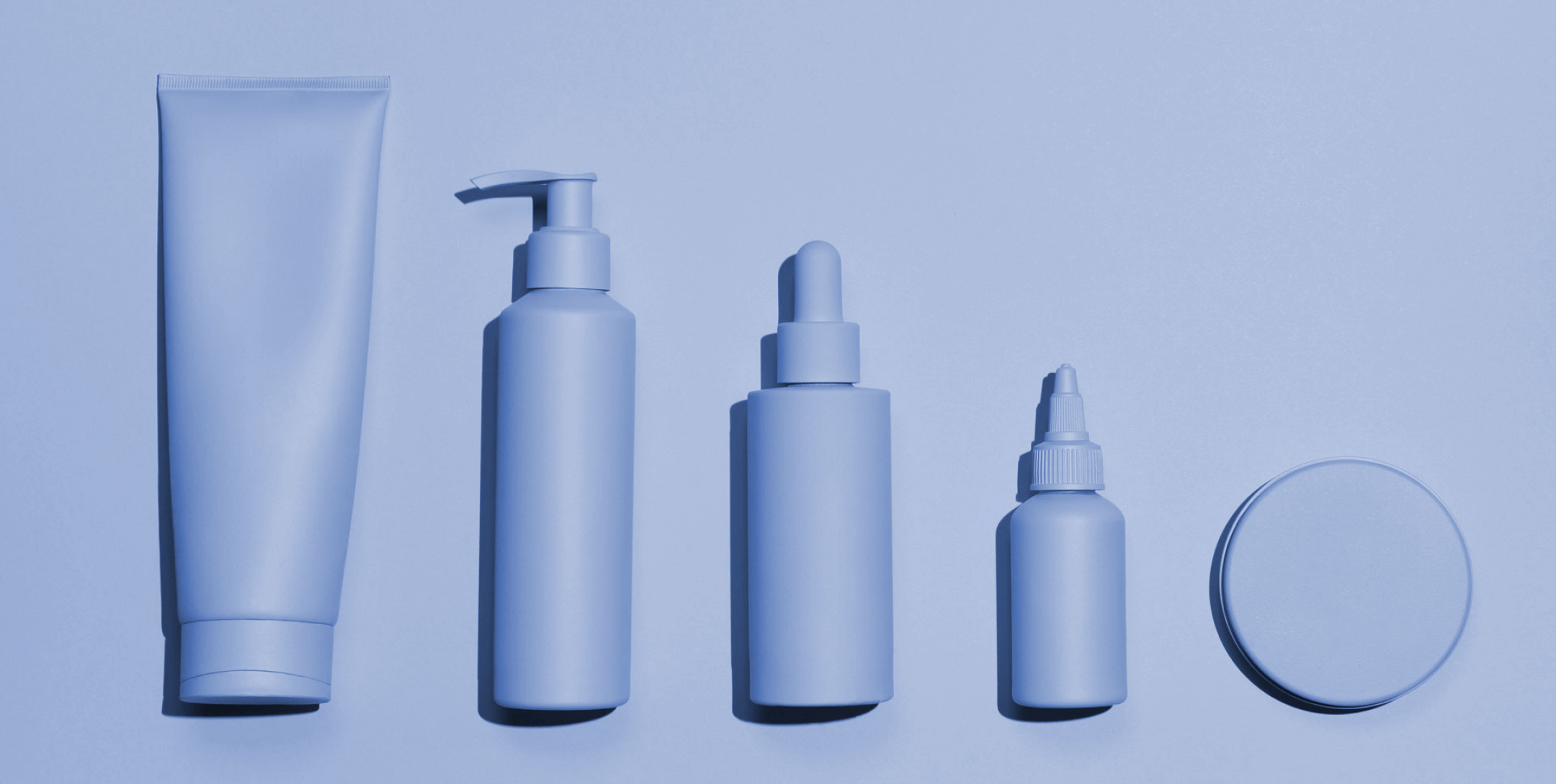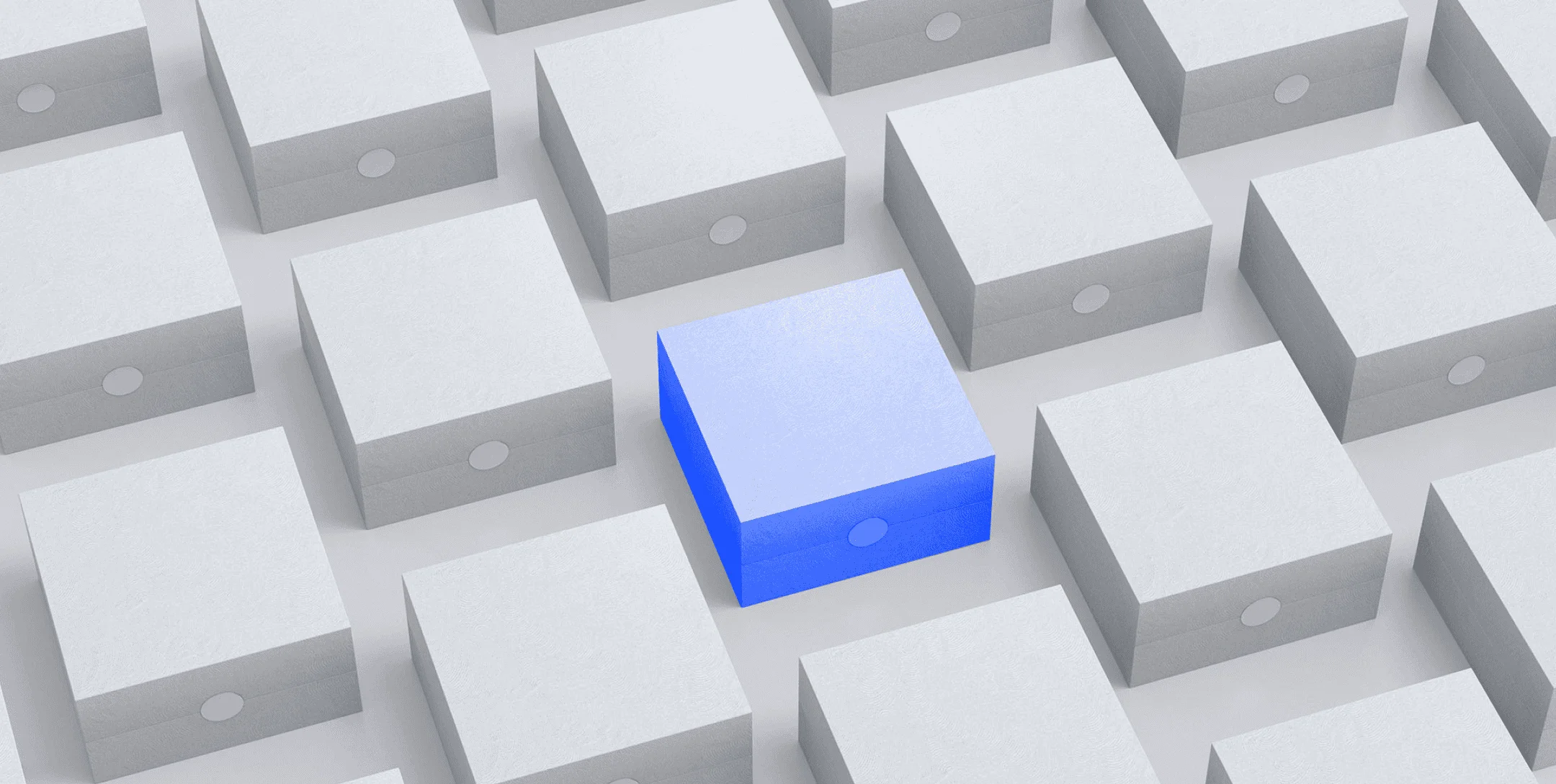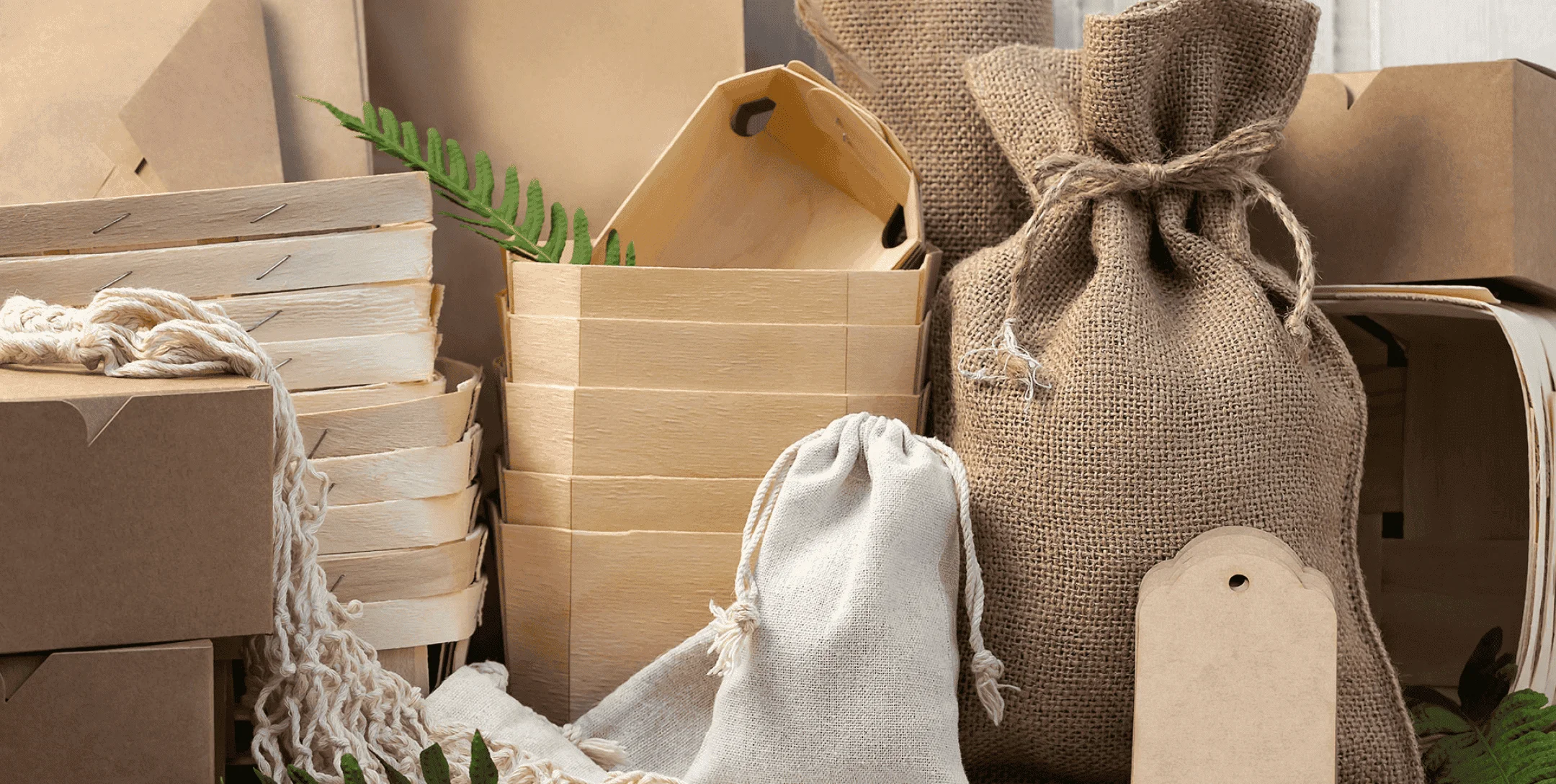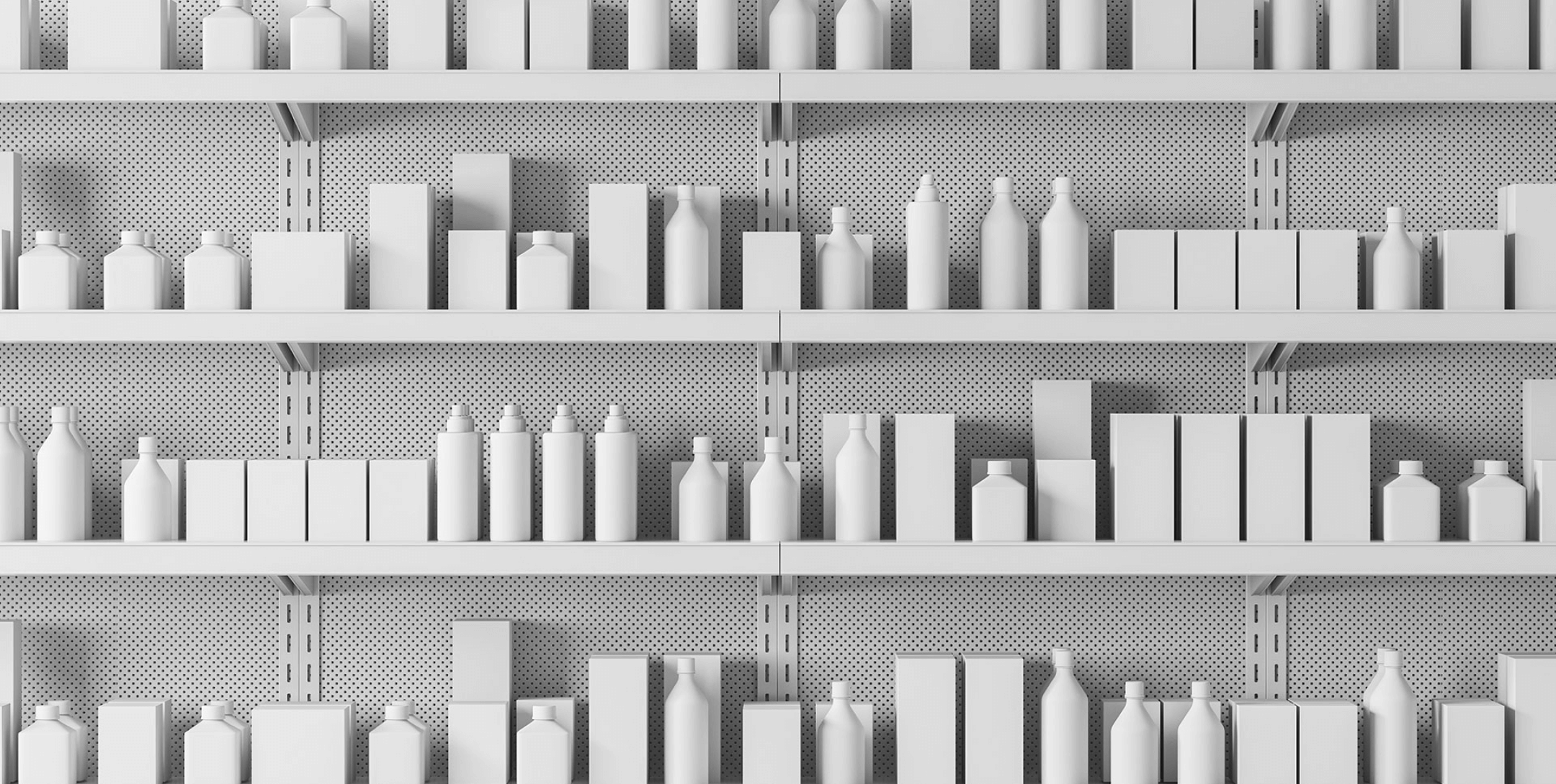Choosing the Perfect Primary Packaging:
A Comprehensive Guide
Choosing the Perfect Primary Packaging: A Comprehensive GuideCongratulations! You've done it. You've created your winner product, something truly remarkable that you're proud to share with the world. But before you can launch it into the market and watch it soar, there's a critical decision you need to make: choosing the right primary packaging.
The packaging that will not only safeguard your product but also captivate your customers and leave a lasting impression. With an abundance of options available, from plastic to glass, metal to paperboard, it's essential to navigate through the maze of choices and select the perfect packaging material that aligns with your product's needs and resonates with your target audience.
In this comprehensive guide, we'll take you on a journey through the realm of primary packaging materials, equipping you with the knowledge and insights necessary to make a well-informed and impactful packaging decision.
Definition and Significance of Primary PackagingPrimary packaging holds a crucial position in the lifecycle of a product. Primary packaging, also known as consumer packaging, is the first layer of protection that surrounds a product. It's the packaging that directly comes in contact with the product and serves to keep it safe, secure, and intact. Primary packaging not only protects the product from external factors but also enhances its visual appeal and marketing potential.
Primary packaging serves a crucial role in the product's lifecycle, as it's the packaging that the end consumer will interact with and use. It's the packaging that conveys the product's brand, quality, and identity, making it a critical component of the marketing mix.
Whether it's a perfume glass bottle, sustainable cosmetic packaging, or any other form of primary packaging, its significance cannot be overstated.
The Significance of Primary Packaging1. ProtectionPrimary packaging acts as a protective barrier, shielding the product from external factors such as light, moisture, air, and physical damage.
2. PreservationIt helps preserve the product's quality, freshness, and shelf-life by preventing spoilage, contamination, and deterioration.
3. Branding and IdentityPrimary packaging represents the product's brand, conveying its values, aesthetics, and unique identity to the consumer.
4. Consumer ExperiencePrimary packaging enhances the overall consumer experience, providing functional convenience, ease of use, and an aesthetically pleasing presentation.
5. DifferentiationUnique primary packaging sets products apart from competitors, creating a memorable and distinctive presence on store shelves.
6. Communication ChannelPrimary packaging can communicate essential product information, such as ingredients, usage instructions, and certifications, to consumers.
Types of Primary Packaging MaterialsAs we explore the world of primary packaging, we encounter an array of materials that serve as its foundation. Let's dive into the characteristics of each material, shedding light on their properties, benefits, and limitations.
1. PlasticPlastic is a widely used primary packaging material due to its versatility, durability, and cost-effectiveness. It comes in various forms such as bottles, jars, tubes, and blister packs. Plastic packaging is lightweight, shatterproof, and offers excellent barrier properties, protecting products from moisture and contamination. However, plastic has raised concerns about its environmental impact and potential for pollution.
2. GlassThe allure of a perfume glass bottle is undeniable, and glass remains a popular choice for primary packaging in the cosmetic industry. It exudes elegance, offering a luxurious feel to beauty products. Glass is also non-reactive, ensuring the preservation of a product's integrity. However, it can be fragile and may add weight to the overall packaging, impacting transportation efficiency.
3. MetalMetal packaging, such as aluminum cans or steel tins, offers durability, strength, and excellent protection against external elements. With its durability and protective properties, metal packaging provides robust primary packaging solutions. Metal containers offer excellent resistance to impact, temperature, and moisture, ensuring the product's safety. They are widely used for food, beverages, and personal care items Furthermore, metal packaging can be recycled, making it a sustainable option. However, it may come with a higher cost compared to other materials.
4. Paperboard/CardboardIn recent years, sustainable cosmetic packaging has gained prominence, and paperboard is at the forefront of this movement. It is an eco-friendly material derived from renewable resources. Paperboard provides a visually appealing platform for product branding, and it can be easily customized. Paperboard is eco-friendly and provides a natural and sustainable image for products. Nonetheless, its resistance to moisture and physical stress may be lower than that of other materials.
5. Flexible PackagingFlexible packaging includes materials like pouches, bags, and wraps made of films or laminates. It offers versatility, convenience, and extended shelf-life for products. Flexible packaging is lightweight, space-efficient, and often features resealable closures. It is widely used for snacks, beverages, and personal care items. However, not all flexible packaging is easily recyclable, and some may have limited barrier properties.
6. CompositesComposite packaging involves combining multiple materials, such as plastic and paper, to leverage the benefits of each component. For example, a product may have a plastic container with a paperboard sleeve. Composite packaging offers versatility, strength, and enhanced visual appeal. However, the complexity of composite packaging may affect its recyclability.
It's important to consider the specific needs of your product, such as its sensitivity to light, moisture, or fragility, when selecting the appropriate primary packaging material. Additionally, sustainability and environmental considerations should play a significant role in the decision-making process.
Selecting the Right Packaging Material for Your Product -Factors to ConsiderChoosing the ideal packaging material for your product requires careful consideration of several factors. To ensure your primary packaging aligns with your product's needs, take into account the following:
1. Product NatureAnalyze the specific characteristics of your product, such as its fragility, sensitivity to light or moisture, and shelf life. These factors will guide you in selecting a packaging material that provides adequate protection and preservation.
2. Environmental ImpactEmbrace sustainability by exploring packaging options that minimize environmental harm. Consider materials that are recyclable, biodegradable, or made from renewable resources. By opting for sustainable cosmetic packaging, you contribute to a greener future.
3. Branding and AestheticsPackaging is an opportunity to showcase your brand identity and captivate customers. Select materials that align with your brand values and enhance the visual appeal of your product. Whether it's the elegance of glass or the eco-chic vibe of paperboard, find a packaging material that complements your brand story.
4. Cost and PracticalityEvaluate the financial implications and practical aspects associated with each packaging material. Assess factors such as production costs, transportation efficiency, and storage requirements. Consider the overall affordability and feasibility of the chosen material for your business operations.
5. Regulatory ComplianceFamiliarize yourself with the relevant regulations and standards governing packaging materials in your industry. Ensure that the material you select meets the necessary safety and compliance requirements, guaranteeing a smooth and legal distribution of your product.
6. Consumer ConvenienceUltimately, your primary packaging should provide convenience to your customers. Consider factors such as ease of use, functionality, and portability. Packaging that enhances the user experience can leave a lasting impression and foster customer satisfaction and loyalty.
Conclusion: Primary packaging is an essential element in the lifecycle of any product. By understanding the significance of primary packaging and exploring the various materials available, you can make informed decisions when selecting the right packaging for your product. Whether it's the versatility of plastic, the elegance of glass, the durability of metal, or the sustainability of paperboard, each material offers unique benefits and considerations. By evaluating factors such as product nature, environmental impact, branding, cost, regulatory compliance, and consumer convenience, you can strike a balance that meets both your product's needs and your business goals. So, embark on this packaging journey with confidence and create a memorable experience for your customers through thoughtfully chosen primary packaging.
Ready to embark on this exciting endeavor? Get in touch with our packaging experts today and let us guide you in selecting the ideal primary packaging for your exceptional product.





